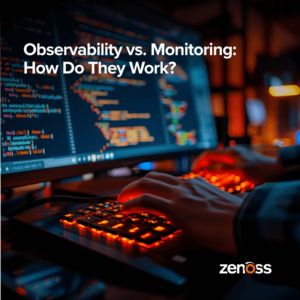
In typical Microsoft fashion, they have been content to watch as VMware has dominated the Enterprise for hypervisor supremacy. Instead of attacking VMware head-on, Microsoft took a “forest through the trees” view and created an often maligned but unique strategy. Remember, Microsoft is no stranger to Cloud computing as they maintain multiple solutions ranging from MSN to Windows Live. With the release of Windows Azure and Windows SQL Azure, Microsoft created a true Cloud infrastructure to rival that of Amazon’s EC2.
In the meantime, Microsoft has slowly been ramping up Hyper-V’s capabilities and 3rd party ecosystem. While Vista may have been a disappointment, Windows 2008 Server definitely is not. In fact, yesterday Microsoft announced that both Cisco and NetApp, two long time VMware partners, have joined Hyper-V’s Cloud Fast Track program. Microsoft now has validated designs for both MS SQL Server 2008 R2 Fast Track Data Warehouse 3.0 and MS SQL Server 2008 R2 OLTP running on Cisco’s fast growing UCS platform. Furthermore, having a validated design that contains Cisco UCS, Cisco Nexus, NetApp Storage, and Hyper-V is a powerful combination.
So how does Microsoft crash VMware’s Enterprise party? Enter the Hybrid Cloud. With the help of partners such as Cisco, NetApp, Dell, HP, and others, Enterprise’s have the ability to create a private Cloud based on Hyper-V. These same customers also have access to Microsoft Azure aka a public Cloud. Finally, by moving workloads from a Microsoft based private Cloud to a Microsoft based public Cloud, Microsoft can offer a true end-to-end hybrid Cloud solution from a single vendor. Less the arguments about Window’s Azure hypervisor technology, who else offers this today?
Ultimately, customers will be the judge of Microsoft’s vision and strategy. Don’t forget that Microsoft has additional “aces up their sleeves” with Office 365 and Windows 7 Mobile. The billion-dollar question is whether or not customers are willing to augment or move away from VMware’s proven technology. In any case, Microsoft’s knocking on VMware’s Enterprise door and competition is great for the entire technology industry.
Image Credit: PHOTOGRAPHRdotNET







